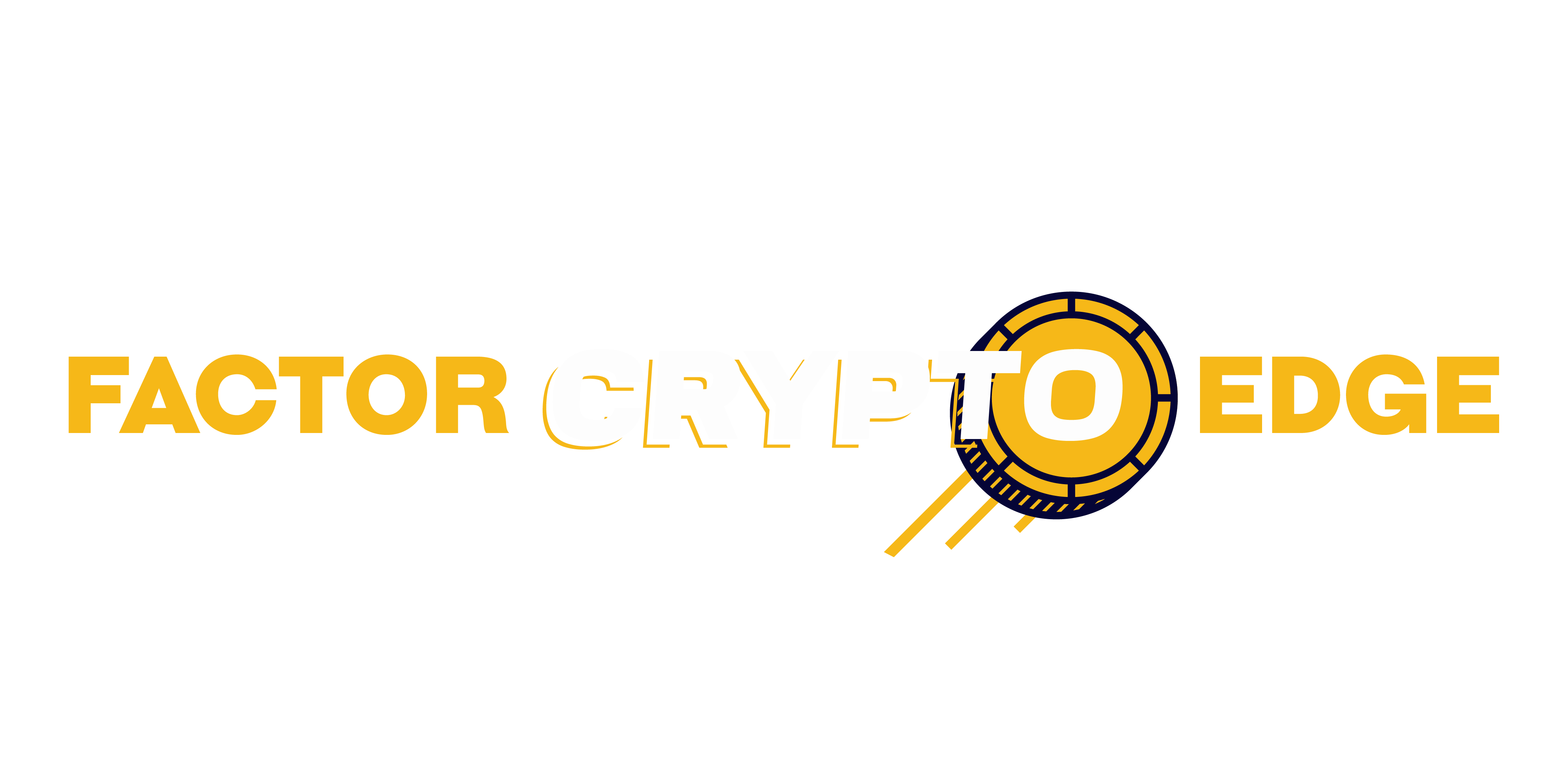Why This Matters Now
From Hype to Practical Utility
Just a few years ago, blockchain and smart contracts were buzzwords most often associated with speculative cryptocurrencies and flashy ICOs. Today, the conversation has matured. Stakeholders across industries are less focused on “disruption for disruption’s sake” and more interested in building usable, scalable, and secure solutions that solve real problems.
- The blockchain narrative is shifting from speculation to application
- Enterprises are moving from pilot projects to full-scale integrations
- Governments and institutions are exploring blockchain for data integrity and automation
Smart Contracts: The Backbone of Blockchain Evolution
Smart contracts are no longer theoretical—they are at the core of how blockchain systems function. These self-executing agreements automate outcomes when conditions are met, enabling trustless interactions that reduce the need for intermediaries.
- Act as the rules engine behind decentralized applications (dApps)
- Drive automation in finance, logistics, insurance, and beyond
- Lower costs, reduce error, and boost efficiency
Real-World Momentum Is Here
Smart contracts are already being used to streamline and secure complex workflows across major sectors. Their impact is especially visible where transparency, traceability, and trust are essential:
- Finance: From decentralized trading platforms to automated lending protocols, smart contracts power the next generation of financial services (DeFi)
- Law: Smart contracts enable self-executing legal agreements, reducing the dependency on manual enforcement
- Logistics: Blockchain ensures end-to-end supply chain transparency, preventing counterfeiting and ensuring product authenticity
- Identity and Access Management: Verifiable credentials on blockchain streamline authentication and lower fraud risk
Adoption isn’t just possible—it’s already happening. The question for organizations today is: adapt now, or fall behind.
Core Advancements in Smart Contract Technology
Smart contracts have come a long way from the days of basic token swaps. Now, they’re tougher, smarter, and more connected than ever. First up: security. Platforms are implementing more robust audit tools and formal verification processes, helping developers catch bugs before they become multimillion-dollar exploits. The code isn’t bulletproof—but it’s getting closer.
Then there’s cross-chain functionality. In 2024, smart contracts aren’t stuck inside one blockchain. With tools like interoperability layers and bridges, contracts on Ethereum can communicate with ones on Solana, Avalanche, and beyond. That opens the door to complex workflows across ecosystems—finally making good on the “Web3” promise of decentralization without borders.
Last, smarter automation is raising the ceiling. We’re moving past simple “if this, then that” logic. Developers are crafting contracts that respond to real-world data, multiple conditions, and even external algorithms. Think insurance payouts that adjust based on verified weather data or supply chains that reroute themselves when a shipment gets delayed. It’s not AI-level smart—but it’s a lot more sophisticated than it used to be.
Real-World Blockchain Applications Gaining Ground
The promise of blockchain is finally showing up in real-world use cases. From financial tools to legal tech, industries are finding practical, scalable ways to use smart contracts and decentralized systems. Here’s a look at the sectors gaining tangible momentum in 2024.
DeFi 2.0: Safer, More Stable Financial Tools
Decentralized finance is entering its next phase: improved security, smarter protocols, and better user protection.
- Protocols are focusing on sustainability rather than aggressive yield farming.
- Smart contract audits, insurance mechanisms, and protocol governance are becoming standard.
- Liquidity pools and lending platforms now use safeguards to reduce risk exposure and protect users from market volatility.
Supply Chain Tracking With Zero Misinformation Slippage
Blockchain is making supply chains more transparent, accurate, and accountable.
- Every transaction or movement in the supply chain is logged immutably.
- Stakeholders can validate claims at each stage—ensuring authenticity of goods.
- IoT and blockchain integration allows real-time tracking of materials, from origin to delivery.
Legal Agreements That Self-Execute (Almost No Lawyers Needed)
Smart contracts are redefining what it means to enter a legal agreement.
- Business contracts can be automated to trigger actions (like payments or data release) when predefined conditions are met.
- Escrow services, royalty payouts, and licensing deals are being managed entirely on-chain.
- LegalTech platforms allow users to deploy and manage agreements without needing to code or hire lawyers (though legal oversight is still wise).
Identity and Credential Verification Through Blockchain
Decentralized identity solutions are streamlining verification while prioritizing privacy.
- Users control their own credentials and data access.
- Universities, employers, and governments can instantly verify qualifications or permissions without middlemen.
- Zero-knowledge proof techniques allow identity to be confirmed without revealing sensitive personal information.
As these applications mature, blockchain’s role in the backend of everyday life will only grow more essential—and less noticeable.
Challenges That Still Need Solving
Blockchain tech has made serious strides—but it still stumbles when you zoom in on scale, efficiency, and usability.
First up: scalability. Most blockchains weren’t built to handle high traffic. Ethereum, for example, can bog down under pressure, leading to slow transaction times and bottlenecks that frustrate both developers and users. As more apps and services pile onto these networks, congestion becomes a daily grind, not an edge case.
Next, transaction fees. They’re unpredictable and often brutal. When network demand spikes, even simple transactions can rack up high gas fees. This adds friction for everyday users and makes micro-transactions cost-prohibitive. Plus, energy consumption—especially on older proof-of-work systems—still raises eyebrows. Although newer consensus models like proof-of-stake are helping, the eco-argument hasn’t been fully closed.
Then there’s the user experience. Wallets, seed phrases, bridges, gas settings—it’s a mess for anyone who’s not a crypto native. Most platforms still feel like they were built for developers, not average users. Until the interface and onboarding experience catch up with mainstream expectations, adoption will lag.
The infrastructure is improving, but these hurdles are real. For a deeper dive into how the industry is attacking these problems, check out Scaling Blockchain – Challenges and Solutions.
What the Near Future Looks Like
Blockchain’s future isn’t coming—it’s already elbowing its way into the mainstream. Layer 2 solutions like Optimism, Arbitrum, and zk-rollups are dropping transaction costs and speeding things up without sacrificing security. For developers and users alike, these scaling layers are becoming the new standard—not just clever add-ons. If you’re still building directly on Layer 1, you’re playing in slow motion.
Regulation is creeping toward clarity. Governments are talking less about banning crypto and more about defining how it fits in. That’s a good thing. Clearer rules mean more real-world players entering the space—banks, insurers, enterprise software giants. But make no mistake: the more regulation settles in, the less room there will be for poorly constructed ecosystems to hide behind jargon and hype.
What’s showing up more often is the hybrid stack—smart contracts hooked into traditional cloud services. That means more agility, better UX, and faster go-to-market. It’s not about choosing between Web2 and Web3 anymore. It’s about combining strengths.
And finally, the walled gardens are cracking. Cross-chain tools and universal login protocols are pulling down barriers between ecosystems. Whether you’re minting NFTs on Ethereum or running DeFi protocols on Solana, expect fewer headaches when it comes to interoperability. In the near future, blockchain isn’t about tribal loyalty to a network—it’s about assets, apps, and people moving smoothly across chains.
Adapt or stay siloed. The scene is shifting fast.
Final Take
Smart Contracts Are the Infrastructure
Smart contracts are no longer a futuristic concept—they are now the foundational layer powering real blockchain innovation. From decentralized finance to digital identity, they’re enabling secure, tamper-proof execution across applications of all kinds. In short, they’re not a feature of the blockchain economy—they are the economy.
Why this matters:
- They automate trust and execution, removing the need for intermediaries
- They make blockchain applications scalable, replicable, and reliable
- They’re the basis for interoperability and cross-chain collaboration
From Speculation to Real-World Utility
The next evolution of blockchain isn’t driven by crypto hype or token prices—it’s about functionality and real-world integration. The focus is shifting toward building systems that solve existing problems with measurable efficiency.
The emerging focus:
- Secure, predictable smart contract execution
- Transparent automation of legal, financial, and supply chain agreements
- Real products with user-centered design, not just theoretical frameworks
The Builders Who Will Define the Next Phase
As blockchain technology matures, success will favor those who prioritize simplicity, scale, and stability. The builders who will lead the next era are not necessarily those creating the flashiest protocols—but those designing accessible, impactful solutions.
What gives creators and developers an edge in this phase:
- User-friendly interfaces and onboarding experiences
- Scalable infrastructure that supports mass adoption
- Regulatory alignment and institutional readiness
The next frontier in blockchain belongs to those who turn complex systems into intuitive, secure tools. Smart contracts make it possible, but it’s the innovators who make them powerful.


 Melissa Rooneyesters has been instrumental in the growth of Factor Crypto Edge through her dedication to editorial quality and community engagement. By refining content and fostering meaningful connections with readers, she has helped strengthen the platform’s reputation as a go-to hub for crypto enthusiasts and professionals alike.
Melissa Rooneyesters has been instrumental in the growth of Factor Crypto Edge through her dedication to editorial quality and community engagement. By refining content and fostering meaningful connections with readers, she has helped strengthen the platform’s reputation as a go-to hub for crypto enthusiasts and professionals alike.